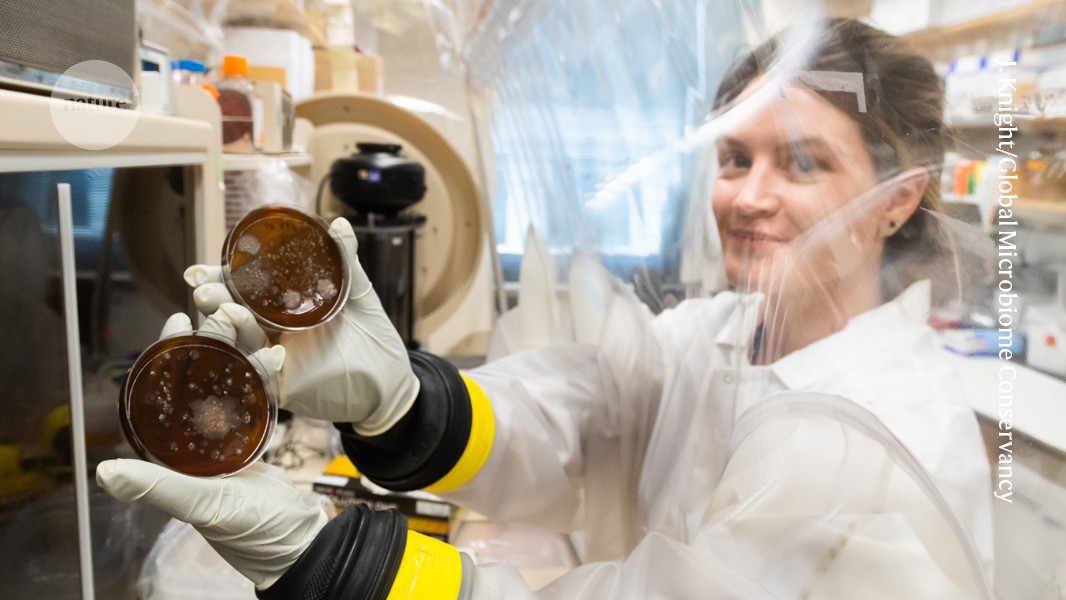
"As Mathilde Poyet ushers me through the Global Microbiome Conservancy's laboratory in Kiel, Germany, I'm met with all sorts of state-of-the-art equipment. It's an impressive facility, with typical lab apparatus, such as incubators, the latest sequencing devices and anaerobic chambers for culturing bacteria. But the most important stuff in the lab is stored in a freezer at −80 ºC. The samples are so crucial that there is a back-up battery system - if the electricity to the freezers goes off, the materials will remain intact."
"To be precise, they're suspended stool samples and bacteria that have been cultured from faeces. But at one point, this was poo that Poyet and her colleagues, including her partner Mathieu Groussin, had collected as part of their work for the Global Microbiome Conservancy (GMbC), of which Groussin is a co-founder. Poyet likes to call the project their "first baby" (one of their real babies, their infant daughter Aelis, joins us in their office as we speak)."
A Kiel laboratory houses modern equipment including incubators, sequencing devices and anaerobic chambers for microbiome research. Critical suspended stool samples and cultured bacteria are stored at −80 ºC with a back-up battery system to protect against power loss. Samples collected originate from locations such as Ghana, Tanzania, Finland and Thailand. Over nine years the program sampled 50 populations across 19 countries. Stool samples provide snapshots of gut microbiome genetic content that vary across populations and can indicate health. Most research focuses on people of European descent, motivating efforts to build a more globally representative biobank through local collaborations and ethical oversight.
Read at Nature
Unable to calculate read time
Collection
[
|
...
]